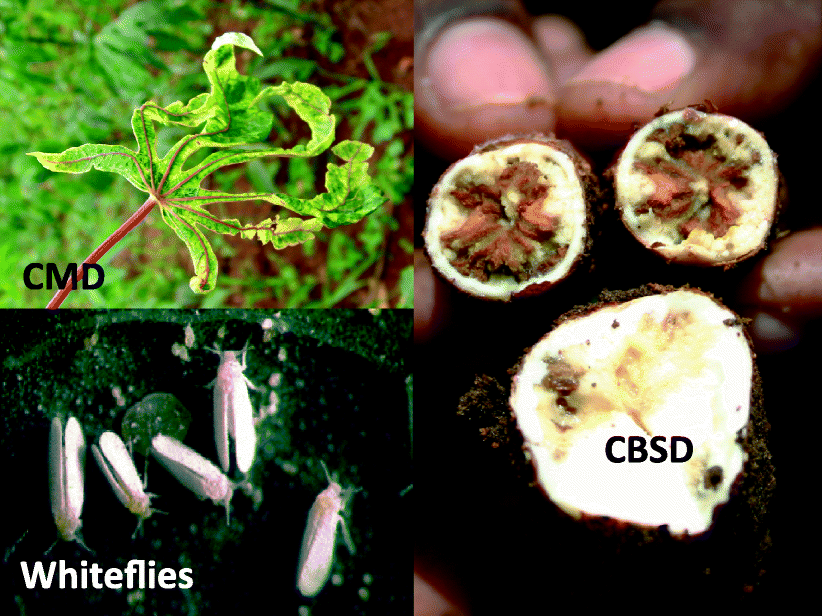Automated In-field
cassava whitefly count
Agriculture contributes to over 40% of Uganda's GDP
90% of the exported food crops are by small-holder farmers
Most important of these food crops is cassava
Background
Outbreaks of the African cassava white-fly are responsible for serious crop losses in nine East and Central African countries.
Resulting in hunger, recurrent famines and annual losses of more than US$1.25 billion.

Knowing the numbers of whiteflies is key in detecting and identifying their spread and prevention.
Cassava breeders need to count the number of whiteflies per cassava crop to asses the varietie's resistance to the whitefly
The current approach for counting whiteflies is a simple visual inspection, where a cassava leaf is turned upside down to reveal the underside where the whiteflies reside to enable a manual count.
Repeated across many cassava farms, this task is quite tedious and time-consuming
Solution
We built deep learning models based on Faster-RCNN to automate the task of detecting and counting whiteflies on cassava leaves


Our first attempt was to deploy this service as a web and desktop solution allowing breeders to analyze the whitefly incidence from the lab.
Drawbacks:
- Require internet connectivity and cant be used in-field.
- not scalable to farmers and extension workers for surveillance
- Expensive
- Faster
- Extensible
- Consistent
- Scalable
On-Device Inference in situ
Challenges
- Large model size: Trade-off between accuracy and speed
- Local detection requires speed else frustration
- On device deployment for Faster RCNN still slow
Conclusion
- This solution is a key step towards food sustainability in Uganda by giving more informed decision support to breeders and etymologists
- Furthermore, this makes it easier for policy makers to adapt the best strategies towards control and intervention of the cassava diseases spread by the whitefly.